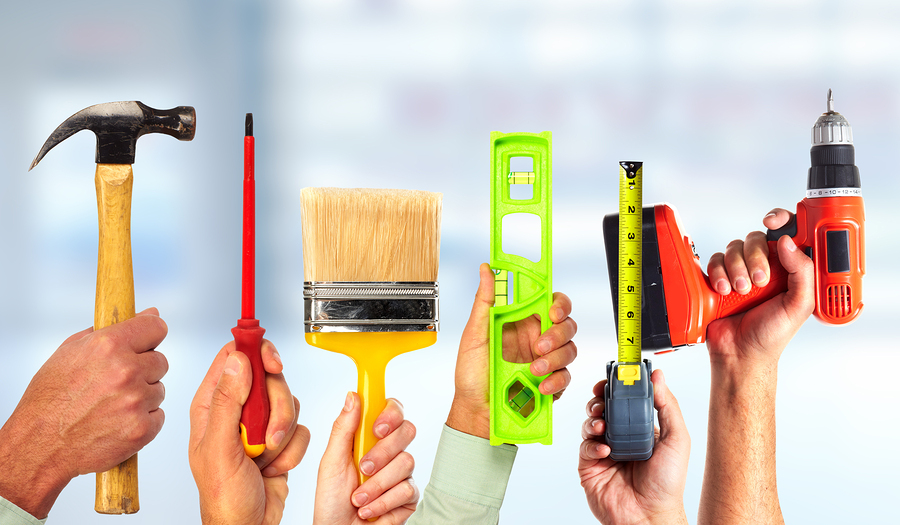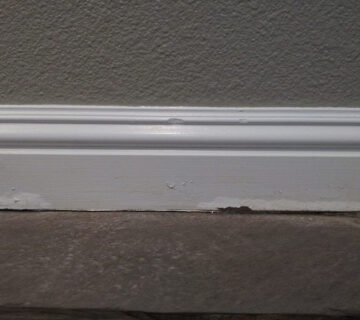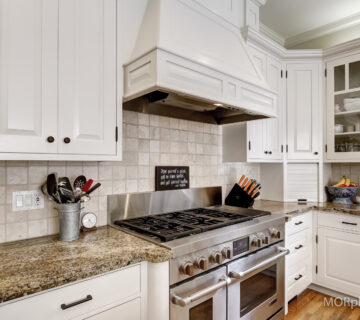Medium-Density Fiberboard (MDF) has gained popularity in home renovation projects for its affordability compared to real wood. It is commonly used for creating trim, cabinetry, and interior doors, offering both cost savings and an attractive finish. This makes MDF particularly appealing for budget-conscious homeowners and builders looking to maximize their investment. However, while MDF provides significant upfront savings, potential buyers should be aware of its limitations, especially concerning its durability and how it handles paint over time.
The Benefits of MDF
One of the main advantages of MDF is its cost-effectiveness, which makes it a very attractive option for many homeowners and builders. Its uniformly smooth surface is excellent for painting, allowing for a polished finish that mimics more expensive materials like solid wood. This quality ensures that MDF can be integrated into home designs where aesthetics are a priority without straining budgets. Additionally, in new construction or extensive renovations, MDF can meet both the aesthetic and financial requirements effectively, offering a practical solution to design challenges. The affordability and versatility of MDF make it a widely chosen material in various home improvement projects.
Challenges in Repainting
Repainting MDF can present significant challenges due to its inherent properties. MDF tends to absorb moisture, leading to swelling and deterioration over time, which becomes particularly problematic in repainting projects. Unlike real wood, which can often be sanded down and refinished, swollen MDF may require more drastic measures. Traditional approaches like using fillers or sanding can actually exacerbate the problem rather than resolve it. Therefore, in scenarios where MDF has sustained moisture damage, the most effective solution is often to replace the compromised sections entirely.
Areas to Avoid MDF
The susceptibility of MDF to moisture damage makes it unsuitable for certain areas within a home. It is generally advisable to avoid using MDF in kitchens, bathrooms, and other high-moisture environments where it is likely to encounter steam and water spills. Installing MDF in these conditions can lead to rapid deterioration, including swelling and warping, which compromises both the function and aesthetics of the installed features. Additionally, MDF is not ideal for window sills or outdoor applications where it is exposed to the elements. Homeowners should carefully consider the placement of MDF to avoid these moisture-related issues.
Consider Your Lifestyle
When selecting materials for your home, it is crucial to consider your lifestyle and the typical demands placed on your furnishings. Homes with high levels of activity, particularly those with children or pets, may find that MDF does not hold up well under strenuous conditions. Frequent impacts, scratches, and spills, which are commonplace in dynamic households, can lead to quicker degradation of MDF compared to more resilient materials like hardwood. Over time, the need for repairs or replacements could offset the initial savings from choosing MDF, suggesting that more durable alternatives might be a better long-term investment.
The Test of Time
Although MDF may initially seem like a practical choice due to its cost and appearance, its long-term durability remains under scrutiny. Real wood and other natural materials often demonstrate greater longevity and resilience, maintaining their condition over many years, even under adverse conditions. MDF, on the other hand, may begin to show wear and susceptibility to environmental stresses as it ages. This aspect can lead to disappointment for homeowners who expect their renovations to endure the test of time without costly maintenance or replacement.
Conclusion: Making Informed Choices
Choosing the right materials for a renovation project involves careful consideration of both immediate and long-term factors. If you’re seeking further guidance, enlisting the help of a color consultant can be beneficial. During consultations, I often use a color wheel to help clients visualize potential schemes, which enhances the decision-making process. This approach not only ensures the selection of appropriate materials but also fosters creativity and excitement about the project. Ultimately, making informed choices helps guarantee that your renovations will remain satisfying and functional for years to come.
While MDF offers certain advantages in terms of cost and aesthetics, its use should be carefully evaluated against factors like moisture exposure, household activity levels, and long-term durability expectations. Thoughtful material selection is essential to achieving renovations that are not only beautiful at the outset but also durable and practical in the long run.
For more insights on home renovation materials and techniques, visit Sisu Painting. Explore our blog for valuable tips and advice on achieving the best results in your projects.





No comment